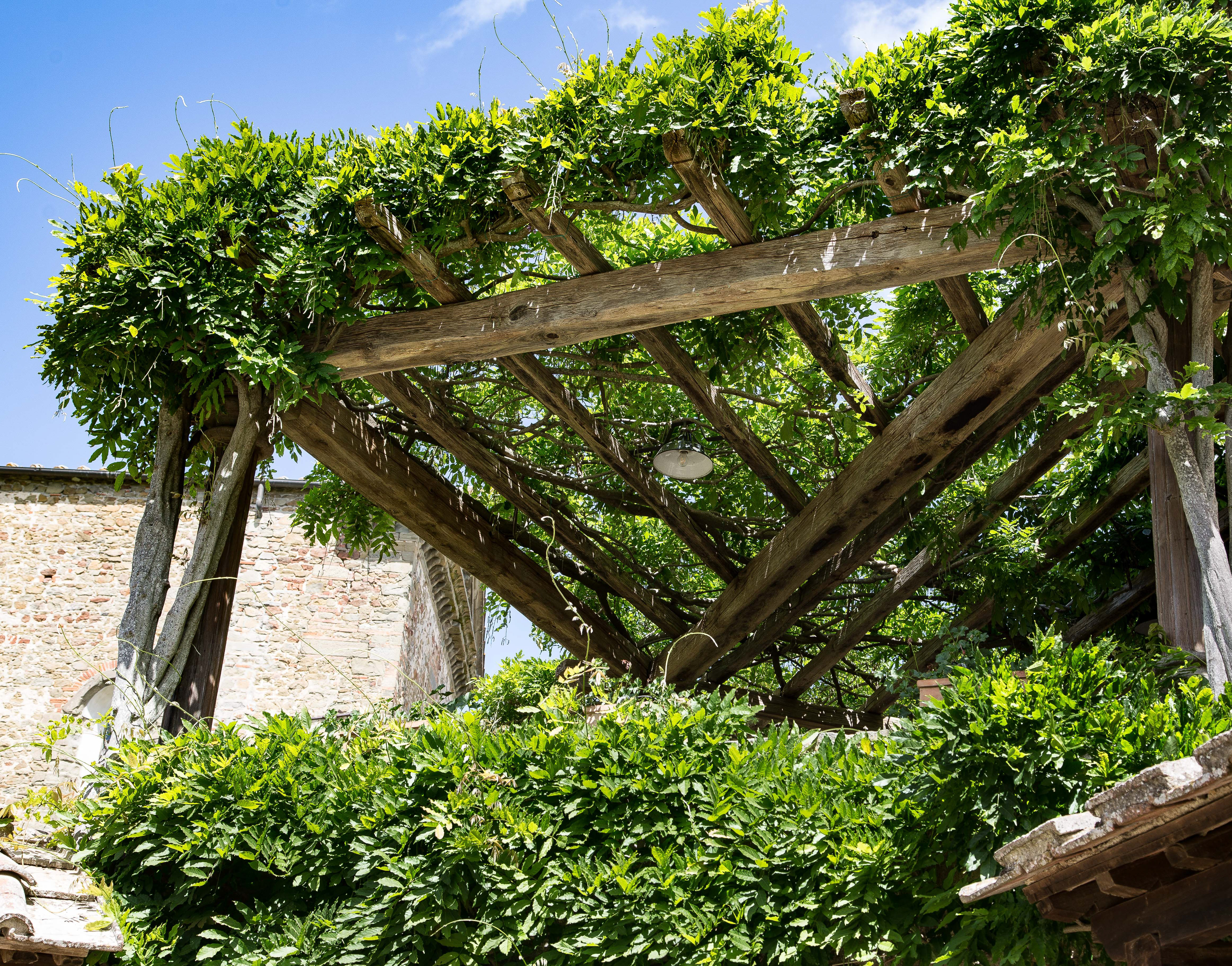Spring into Kii
For over 1000 years people from all levels of society, including retired emperors and aristocrats, have made the pilgrimage to Kumano in Wakayama Prefecture, Japan. These pilgrims used a network of routes, now called the Kumano Kodo, which stretched across the mountainous Kii Peninsula. The walk itself was an integral part of the pilgrimage process as they undertook rigorous religious rites of worship and purification (http://www.tb-kumano.jp/en/kumano-kodo/). In July 2004, the Kumano Kodo pilgrimage routes were registered as UNESCO World Heritage. Today these routes are popular walking trails with great scenery, excellent accommodation and terrific hospitality. In early spring, we caught a train from Osaka to the town of Tanabe on the south-east coast of the peninsula and then a local bus up into the mountains to Takijiri-oji, the start of the walk. Three days later, 40-50 km of walking over some quite steep hills, with and without rain, we arrived at Hongu, our destination and the site of one of the major shrines on the route, the Kumano Hongu Taisha. While we were congratulating ourselves on a job well done, we realised that we still had another 2 km to go up a very steep track and then 2 km down a very steep track to get to our accommodation at Yunomine Hot Spring. While the odd expletive may have been voiced during this additional strenuous activity, all was forgiven when we arrived at Minshuku Yunotaniso Guesthouse and found the onsen. Some sightseeing later including lots of cherry blossoms, another bus took us down to the coastal fishing port of Shingu and some memorable dining in the local bars before heading back to Tokyo via Nagoya and the shinkansen. A most enjoyable few days.
You may also like









